Which Sugar Is Right For You?
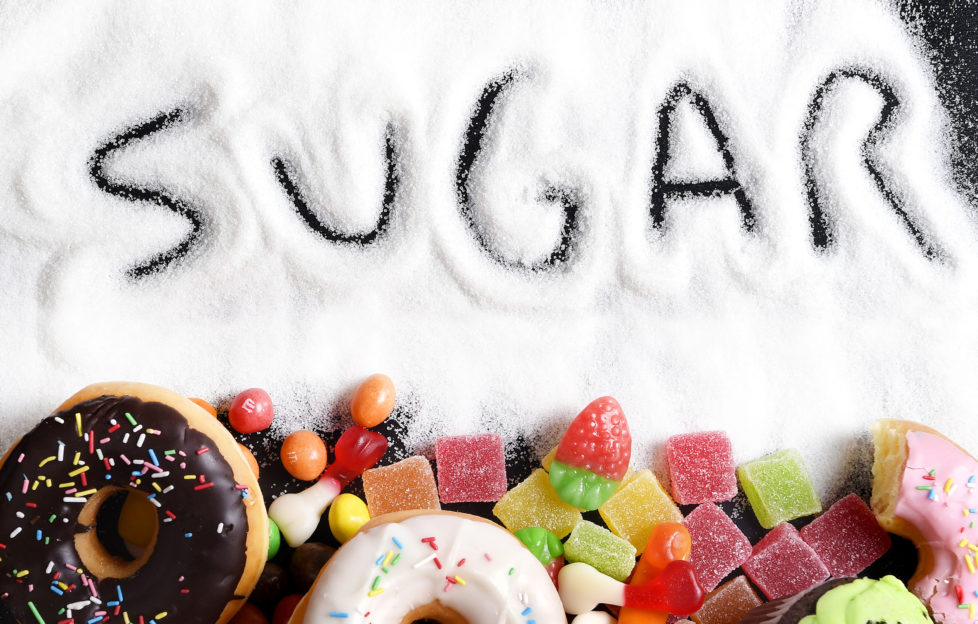
Have you heard of Sugar Awareness Week?
It’s an annual campaign by the charity Action on Sugar to provide information and advice to help everyone reduce the amount of free sugars we consume and promote better health.
You can download a useful factsheet on how to spot hidden sugar from the campaign website.
In the UK, we consume an average of 700 g of sugar each a week. That’s about 140 teaspoons! NHS guidelines say that sugars should make up no more than 5% of our daily calorie intake.
This year’s campaign looks at the hidden sugars in our drinks. It’s quite amazing where sugar turns up.
Writer Susie Kearley looked at different types of sugars you might encounter.
How many do you use?
Sugar’s building blocks
Ordinary table sugar, or sucrose, is a compound of two types of sugar – fructose and glucose. Add them together, and you have sucrose. Apart, those two substances are sweet, like sucrose, but behave slightly differently.
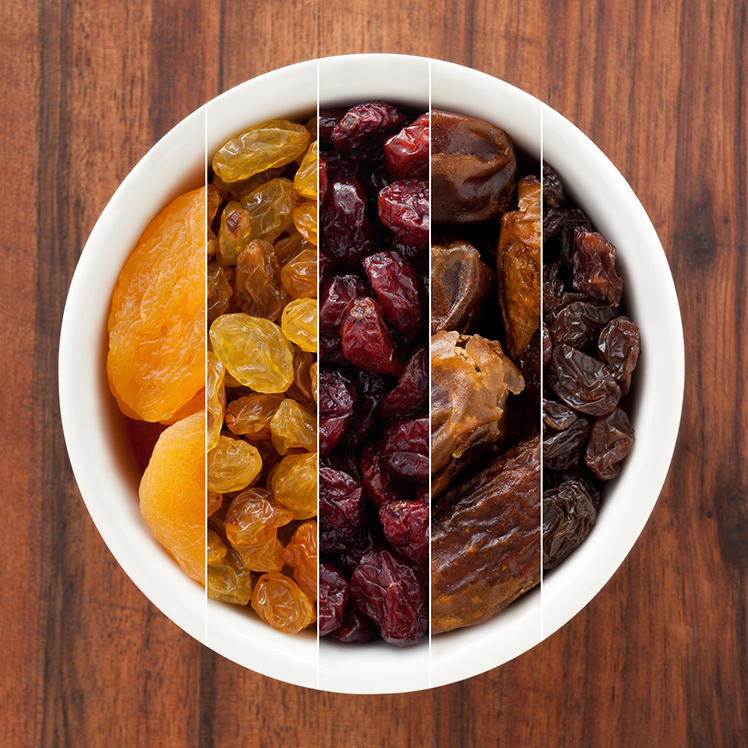
Fructose
Fructose is fruit sugar, which in its natural form is bound up with beneficial nutrients and fibre.
However, refined fructose (the white powder) may increase your appetite, so it’s better just to consume fruit. Try sweetening your baking with chopped dates and raisins instead of sugar.
If you do use fructose powder in cooking, it’s worth knowing that fructose caramelises faster than sugar, and you only need to use two-thirds of the volume of fructose, compared with sugar.
Baking at a slightly lower temperature will help to compensate for the speed of caramelisation, but you may need to extend the length of time that your cake is in the oven.
Glucose syrup
Glucose syrup might make you feel energetic – it’s added to energy drinks because it provides an energy surge.
This can be helpful for athletes who need energy they can use immediately.
But the blood sugar spikes it causes are not good for the rest of us, especially if you’re at risk of diabetes or watching your weight.
Glucose syrup controls the formation of sugar crystals in cooking, which is important for some desserts and sweets, so it can be a useful ingredient in some sweet dishes.
Plant extracts
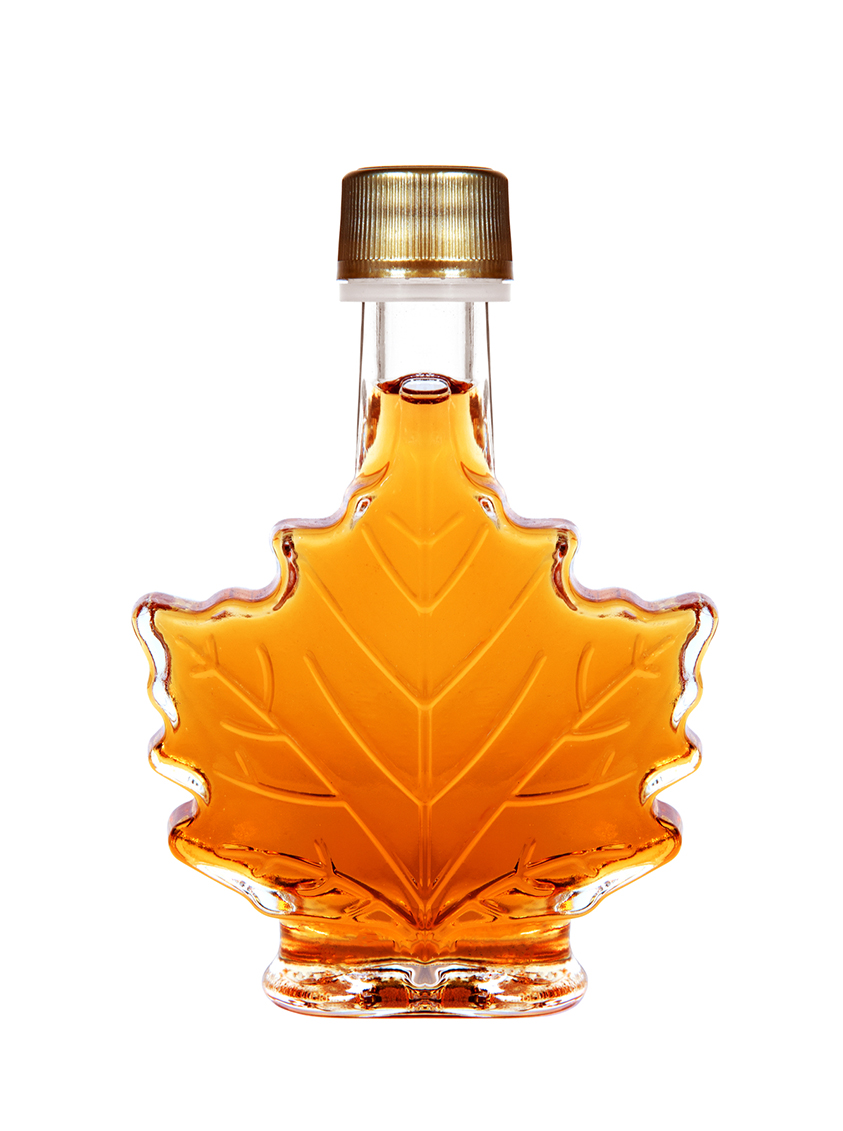
Maple syrup
Maple syrup has a delicious caramel taste, and has been touted as a health food, because it contains small amounts of calcium, potassium, iron, zinc, and manganese.
It can be used in cooking, to dress ice-cream, and it’s sometimes used to spice up savoury dishes or make syrupy sponges.
It’s worth knowing that maple-flavoured syrup is not the same thing as actual maple syrup. A little bit won’t hurt you, but the bottom line is, it’s just another sugar.
Agave syrup
Agave syrup sounds tasty, doesn’t it?
It’s made from the sap of the agave plant, commonly grown in Mexico.
It’s a concentrated syrup that is high in fructose, with similar health credentials. It dissolves easily, which makes it particularly suitable for use in cocktails and smoothies.
It’s also used to dress ice-cream and can be used in cooking.
Sugars processed from plants
Stevia
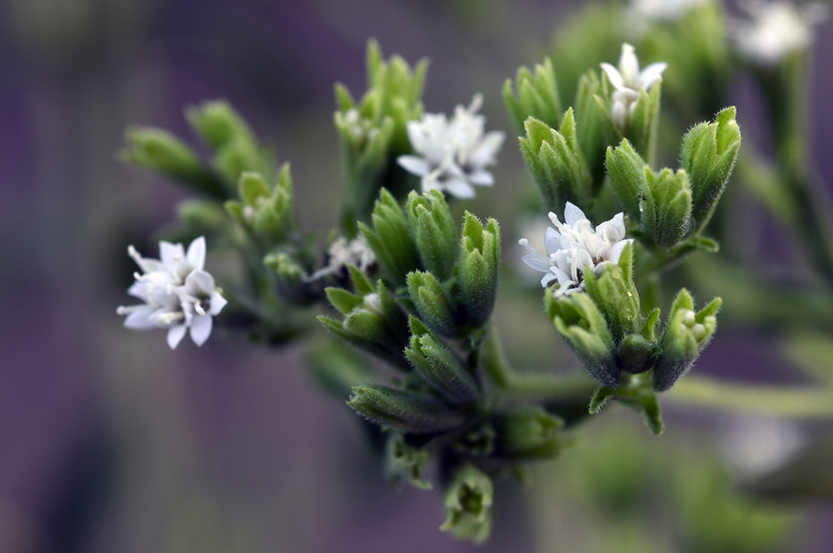
Stevia is relatively new in the UK. It was banned here for decades amid doubts around its safety. Then, in 2011, the ban was lifted in the EU after the World Health Organization said it was safe and could have health benefits for diabetics.
Today, “stevia sweeteners” have popped up everywhere, but most of the products on the shelves are not pure stevia. One “stevia” product I found was actually 98% maltodextrin, 2% stevia extract. Another “stevia” product was mostly comprised of inulin.
Pure stevia – the ground leaf – is difficult to find on the high street.
You can buy it online, and you might find the odd health shop selling it, but look for a green powder if you want pure stevia. However, stevia has a bitter aftertaste, which is perhaps why manufacturers have mixed it with other things, to make it more palatable.
Xylitol
Xylitol is an interesting alternative to sugar, and it can be used in place of sugar in recipes. It occurs naturally in plants, including many fruits and vegetables.
Xylitol has very little impact on blood sugar levels, so it’s safe for diabetics. It has 40% fewer calories than sucrose, and xylitol in chewing gum can help to kill some of the bacteria that cause tooth decay.
Too much xylitol can cause laxative effects, so consume it in moderation. Be careful around pets: it is highly toxic to dogs.
Honey
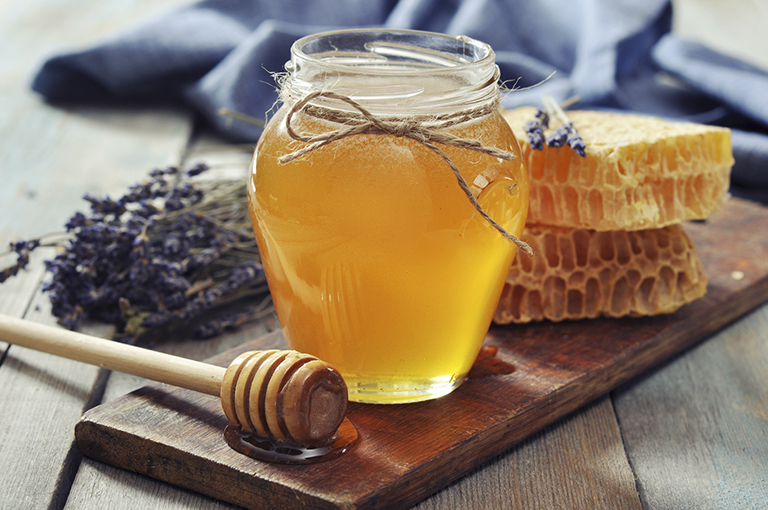
Honey has been used as a sweetener since ancient times. It is often thought to be a healthier alternative to sugar, but it’s similar to table sugar from a health perspective, so should be consumed in moderation.
More types of sugar
Maltodextrin
Maltodextrin is an easily digestible, quickly absorbed food additive, which provides a spike of energy and has a sweet taste. It’s lightweight, and is used in foodstuffs and sports drinks.
Fructoogliosaccharides (FOS)
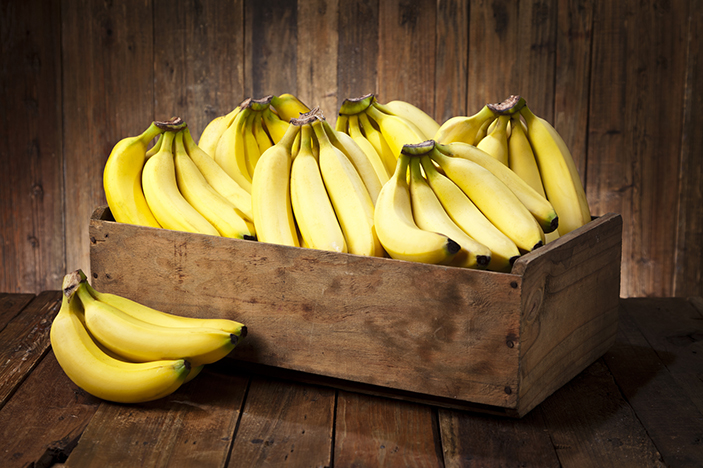
Fructoogliosaccharides (FOS) are a sugar alternative derived from plants such as chicory root, garlic, asparagus, banana and onion.
These sugars pass undigested into the colon, so have no usable calories. They can promote the proliferation of good bacteria. Too large a dose, however, can produce laxative effects, so consume in moderation.
Inulin
Inulin is a plant compound, similar to FOS, and is found naturally in many of the same plants. It’s low in calories, feeds healthy gut bacteria, and increases feelings of fullness, so it may support weight loss.
For more health advice from “The People’s Friend”, click here.
Have you tried any of our mood-boosting foods to beat the blues?










